Cakes and cookies need that sweet touch. And sugar’s sugar, right? So, when you’re in the thick of a bake, can you substitute brown sugar for white sugar and vice versa?
Can you switch brown sugar for white sugar? The straight answer
Sort of, but brown sugar and white sugar have different effects on your cookies, pastries, brownies, and breads.
The molasses content of brown sugar leads to baked goods that are softer and moister. You can still swap them, but you’ll need to use less brown sugar in a recipe that calls for white.
Brown sugar will add a caramel-ish hint to your baked good and darken its color.
Well, as with most things in baking, it’s not as easy as “The Great British Baking Show” makes it look. We break down when brown sugar does the heavy lifting and when you should stick to white sugar instead.
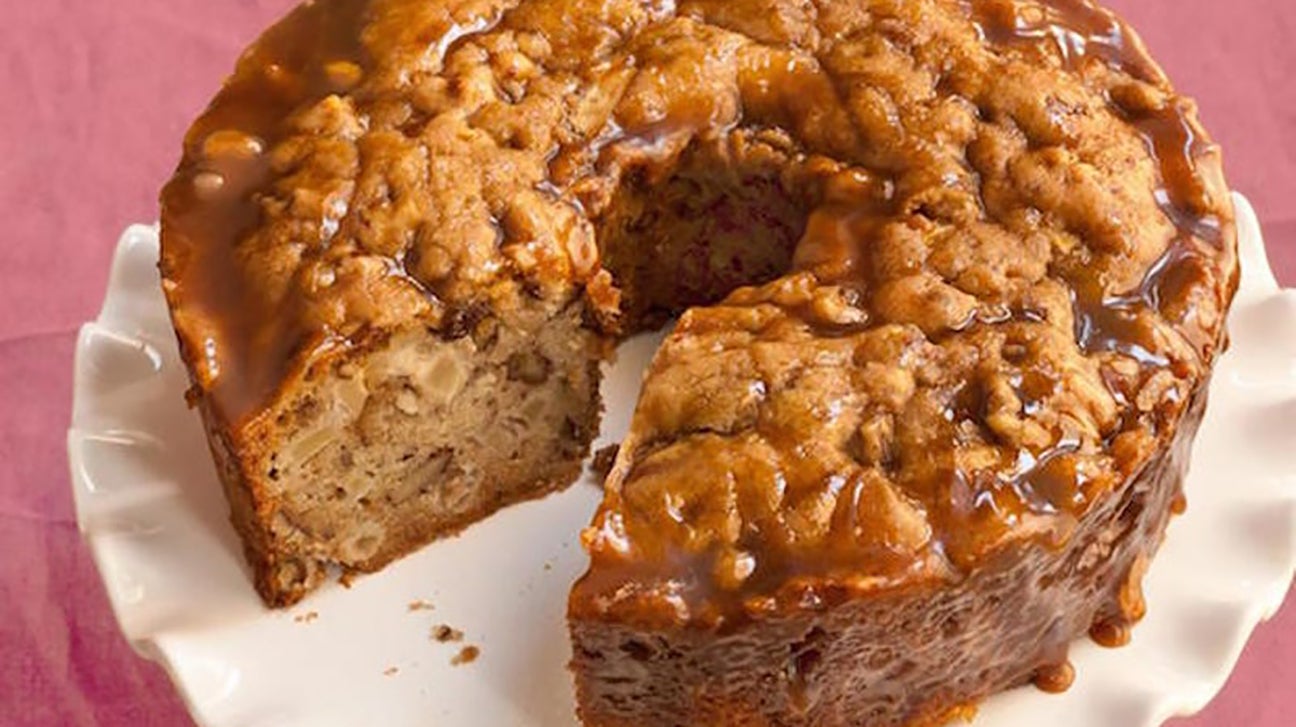
White sugar vs. brown sugar
What’s the difference between brown and white sugar, then?
Sugar producers make white sugar from either sugar cane or beets and refine it to get rid of impurities, writes Joanne Chang, pastry chef and co-owner of Flour Bakery + Café in Boston and Cambridge, Massachusetts, in her cookbook, Baking with Less Sugar.
Brown sugar is only partially refined, which means it still has some molasses clinging to it. Also, many sugar manufacturers just add molasses to refined white sugar and package it as brown sugar.
When to use white vs. brown sugar
Brown sugar makes baked goods moister than white sugar because of the molasses content, says Pichet Ong, pastry chef and author of The Sweet Spot: Asian-Inspired Desserts.
This means you may have to adjust some of the other proportions in the recipe if you sub brown sugar for white, like slightly decreasing the wet ingredients or upping the dry ones. Brown sugar will also add a hint of caramel flavor and affect the color.
Ong says he decides which to use based on the texture he wants.
For something like zucchini bread or banana bread, where he’s looking for a moist texture, brown sugar works pretty well. But he likes layer cakes to be drier and more aerated, so he sticks to white. He says that many cookie recipes also use a combo.
Speaking of cookies, in her book BakeWise, Shirley Corriher notes that high proportions of white sugar “make for a very crisp cookie that stays crisp.” She describes brown sugar as more “hygroscopic,” meaning it draws in water more easily from the air.
Cookies made with brown sugar “will absorb moisture from the atmosphere and soften on standing.” (So it’s key in chewy chocolate chip cookies, for example.)
Turbinado sugar and Demerara sugar
Substituting turbinado or Demerara (the “natural” brown sugars usually sold as “raw sugar”) doesn’t work so well, says Ong.
These types of sugar have larger crystals, so they won’t melt like granulated white or conventional brown sugar in a recipe. He likes to take advantage of these bigger crystals’ texture by using them to crust cakes or cookies. Mmmm, crunchy.
What about powdered sugar?
Fun fact: Powered sugar, or confectioner’s sugar, is just regular white sugar that has been pulverized to a fine, fluffy texture. So if you need powdered sugar and have only granulated sugar at home, you can simply blitz it in a food processor or blender until it turns into the powdered stuff.
Many commercial varieties of powdered sugar also include cornstarch to keep it from clumping, so it can make sauces or glazes thicker than if you used white sugar.
But according to Betty Crocker, you can substitute powdered sugar for white sugar in baked goods with no problem. The suggested ratio is a 3/4 cup of powdered sugar for every 1 cup of regular white sugar called for in the recipe.
How to make your own brown sugar
Let’s say you really want brown sugar and all you have on hand is granulated sugar. Well, you can make it at home — as long as you have molasses, writes award-winning blogger and home cook Deb Perelman in The Smitten Kitchen Cookbook.
“You can make your own brown sugar by mixing 1 cup of granulated sugar with 1 1/2 tablespoons molasses (for light brown sugar) or 1/4 cup molasses (for dark brown sugar) and measuring what you need from this mixture,” Perelman says.
If you don’t have molasses, you can use a 2/3 cup of maple syrup for every cup of brown sugar in the recipe. Be sure to adjust the overall moisture in your recipe, reducing it by 1/4 cup. TBH, though, this will change the result of the recipe, so it might be best to head to the store and pick up some brown sugar if you can.
Coconut sugar is also a good 1-to-1 substitute for brown sugar. But it’s not as moist and can make your baked goods a bit drier.
5 recipes that combine brown and white sugar
Try some of our favorite recipes that include a combo of brown and white sugar in different proportions.
1. Almond-whole wheat blueberry muffins
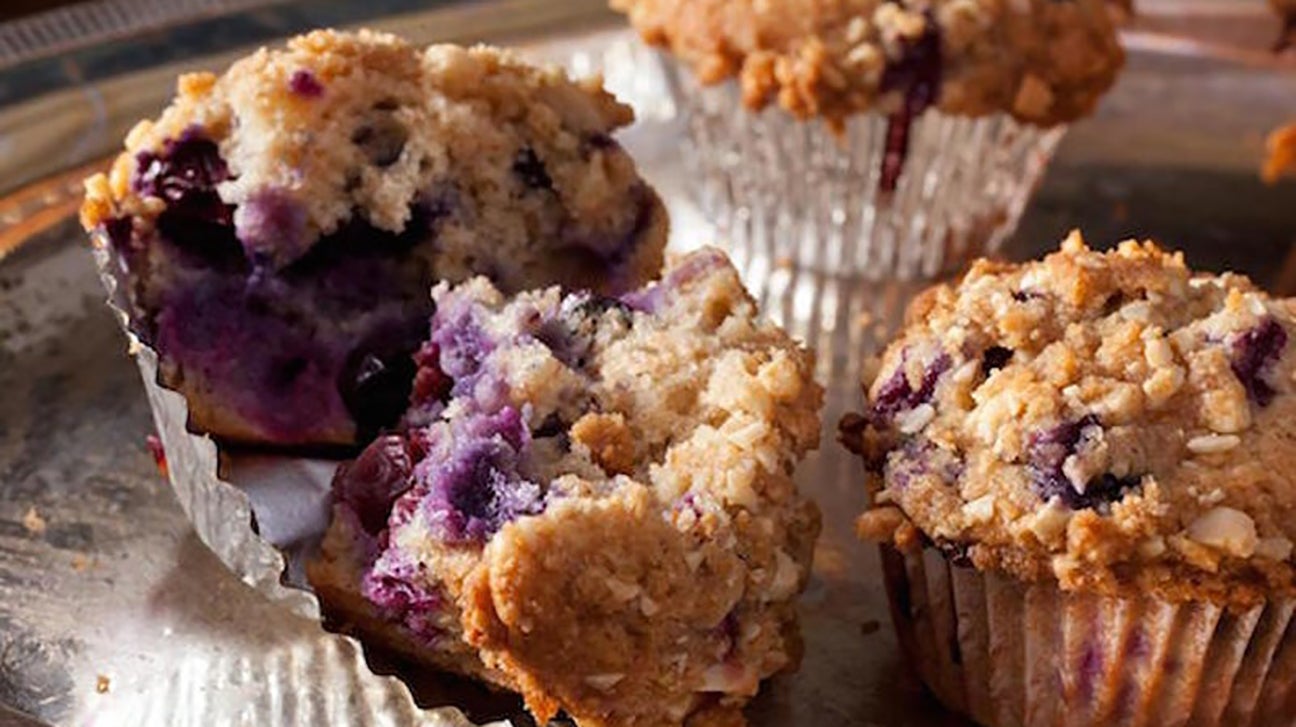
These berrylicious muffins provide a little extra nutrition in the form of blueberries, almonds, and whole-wheat flour. You’ll need both white and brown sugar, but not as much as you would for other muffin recipes.
2. Easy carrot cake with cream cheese frosting
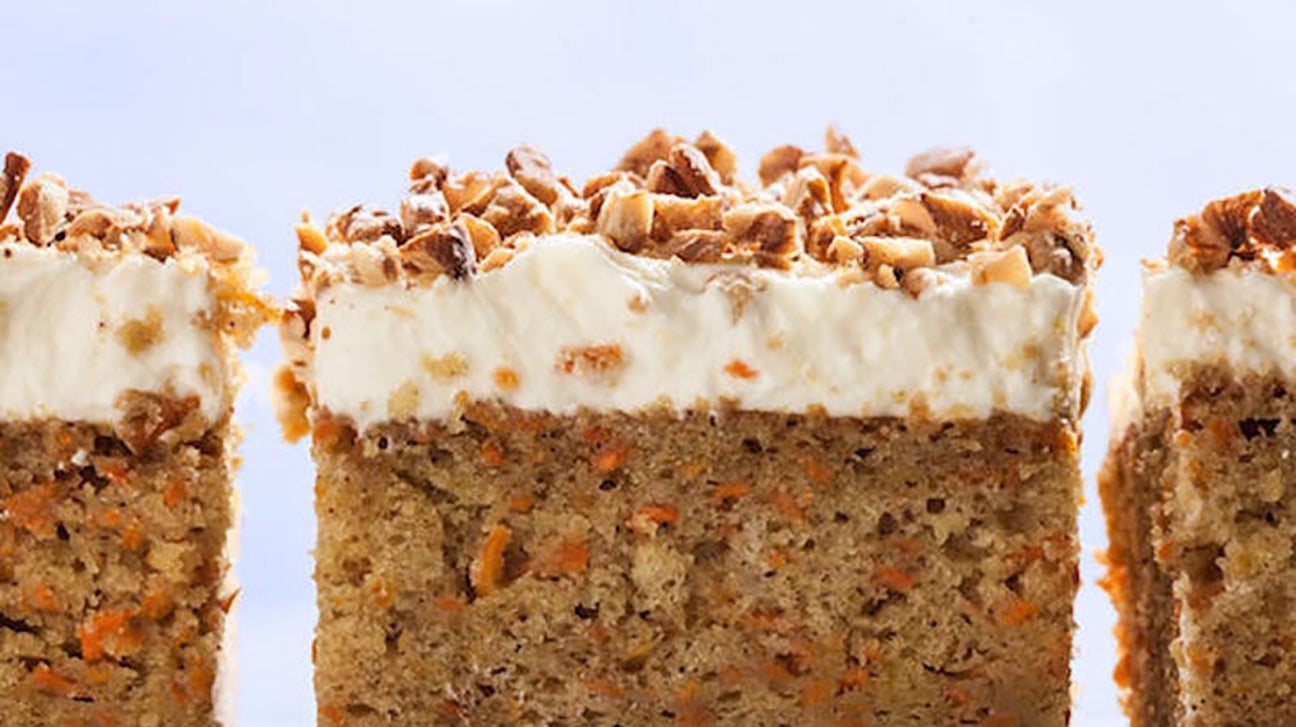
No layers, no problem. This easy carrot cake requires one rectangular baking pan, and that’s it.
The cake delivers a cartful of moist, carrot-y goodness with a beautiful cream cheese topping. It requires both granulated sugar and brown sugar.
3. Peanut butter and chocolate cookies with ganache filling
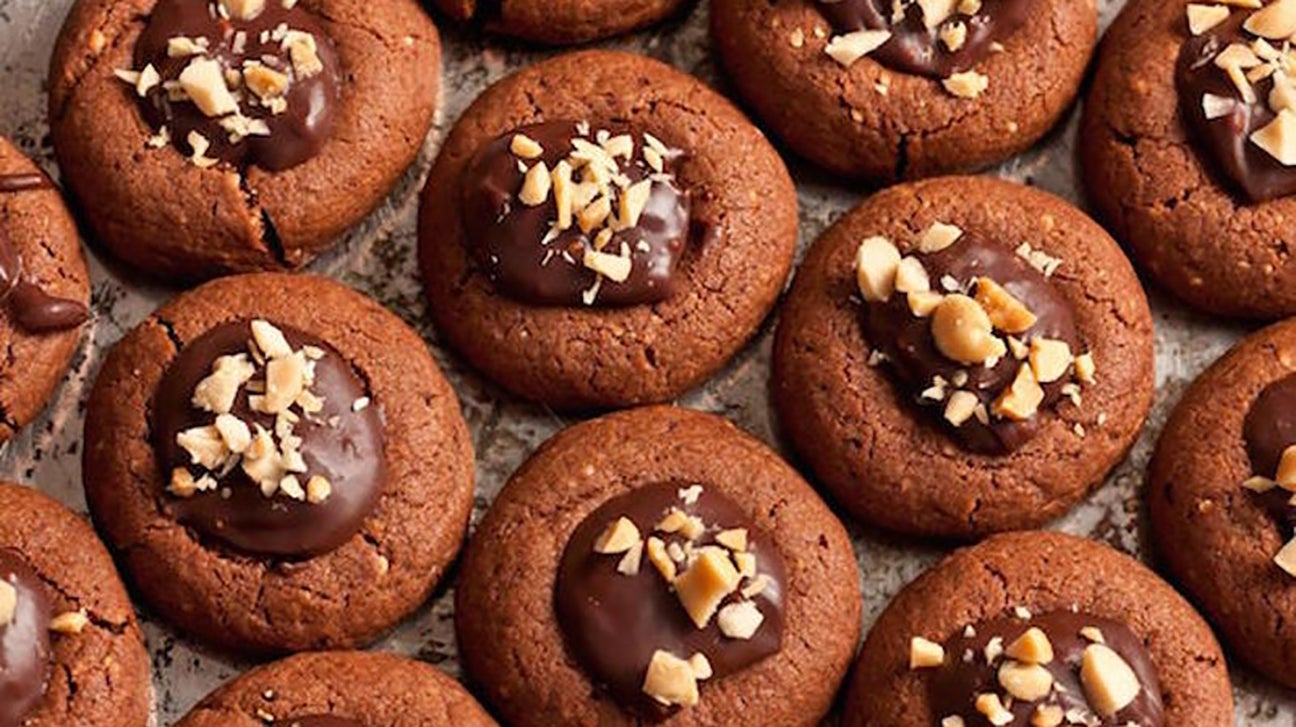
In these gooey cookies, chocolate and peanut butter go together like… well, white and brown sugar. Each element contributes its own gifts to make us go mmm.
4. Apple dapple cake
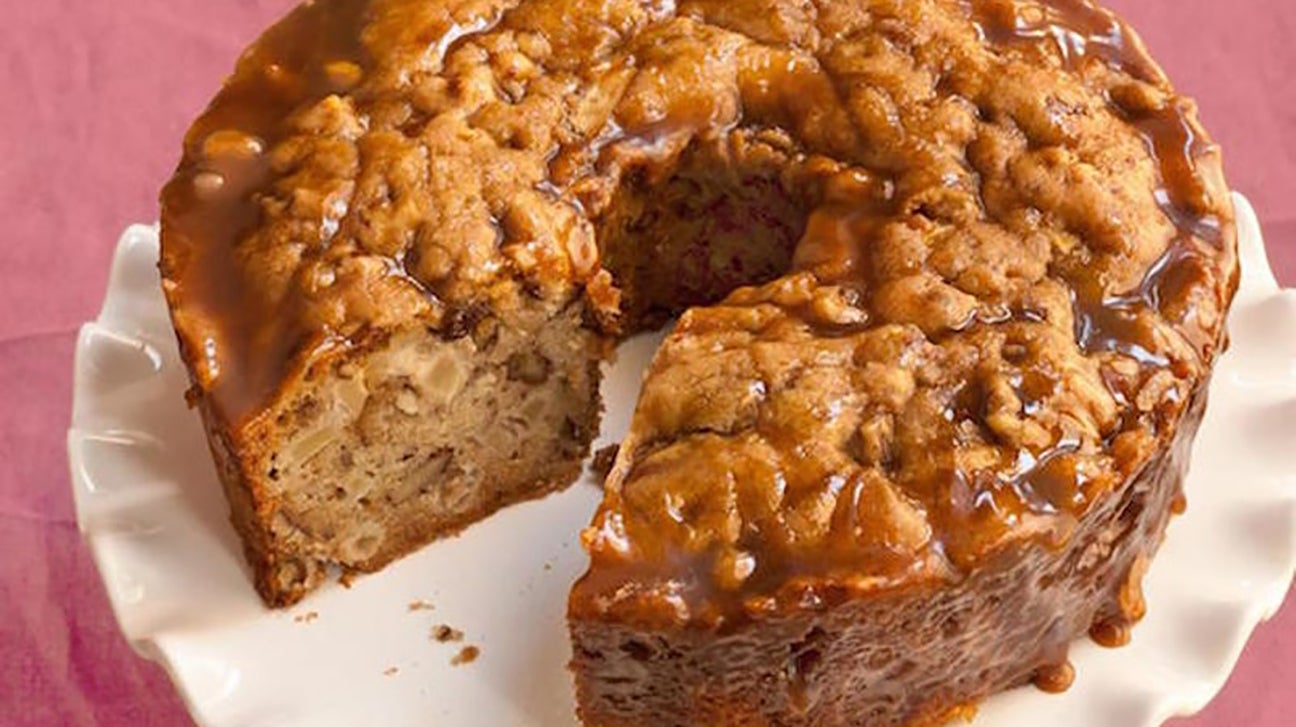
This simple, sweet, moist cake provides a playground for brown and white sugars, combining them with Granny Smith apples in a tube pan.
5. Cream cheese swirl brownies
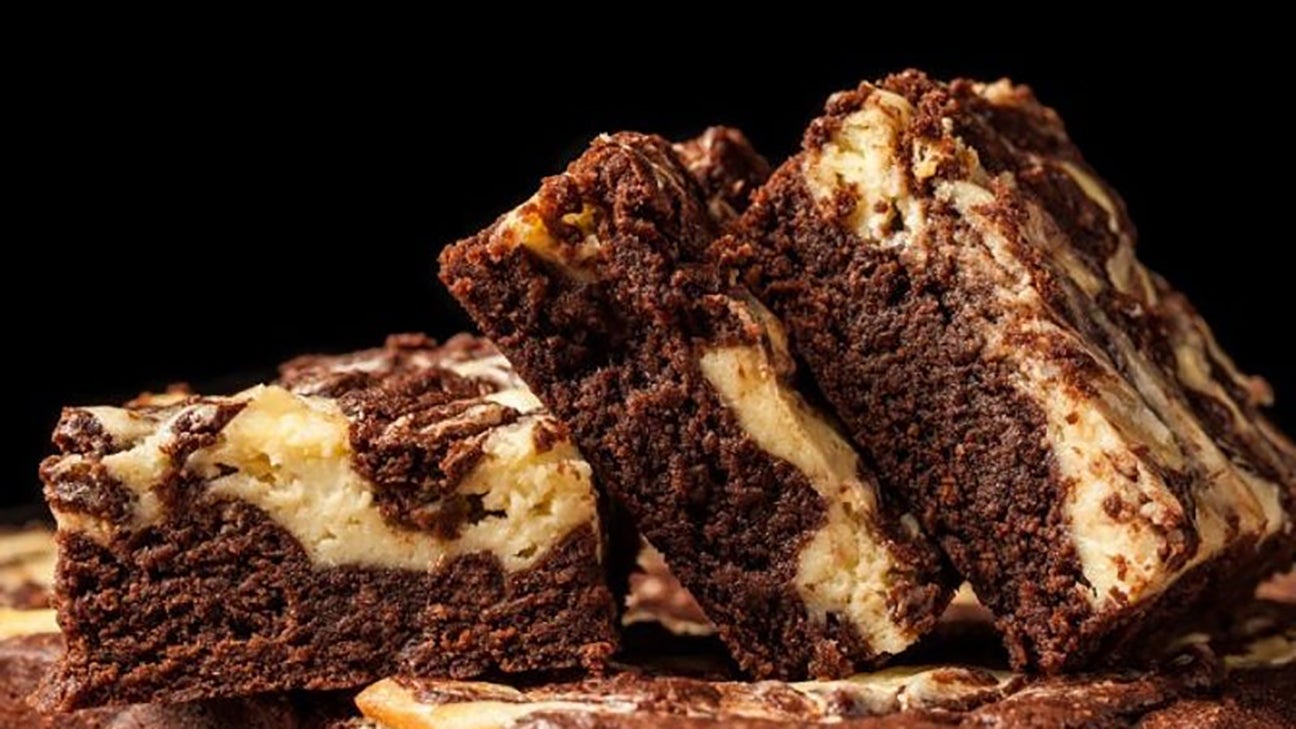
In this recipe, the sugars are actually separated, with granulated sugar in the luxurious cream cheese swirl and brown sugar sweetening the moist chocolate brownie layer beneath.
Takeaway
Brown and white sugars both add sweetness to your bakes. But the molasses content of brown sugar makes it more suitable for goods that are supposed to be chewy and a little caramel-flavored.
You can make your own brown sugar at home by mixing white sugar with molasses or maple syrup. Just be sure to adjust the proportions you use in the bake.


0 Commentaires